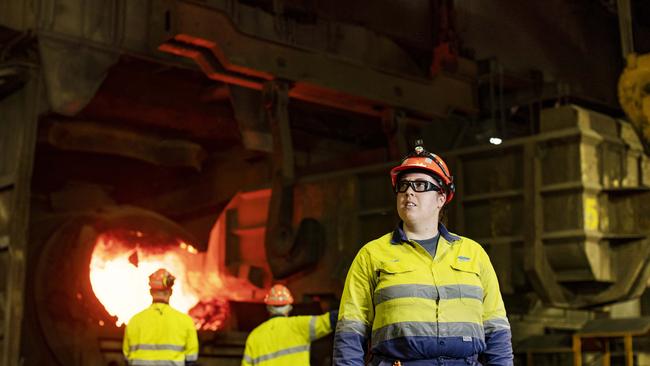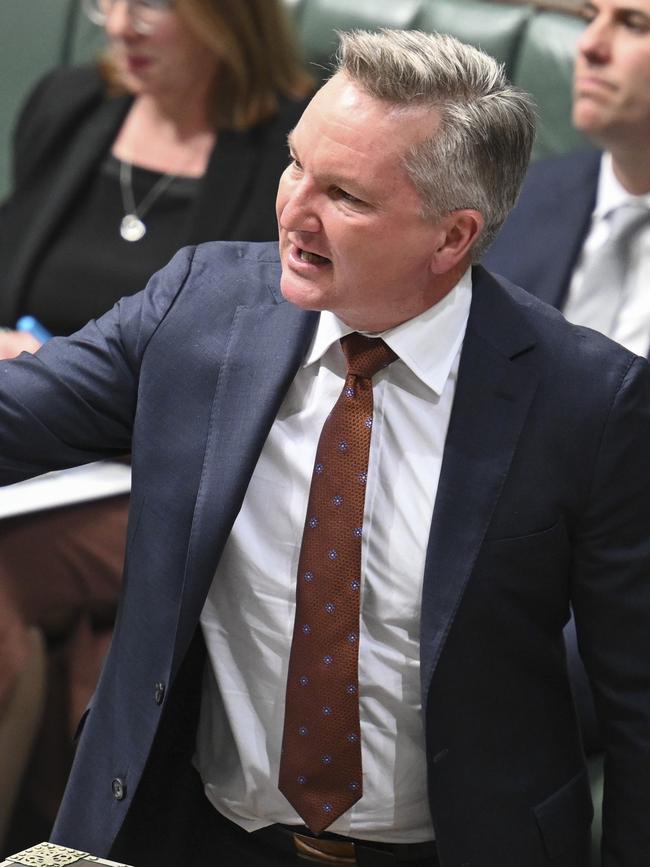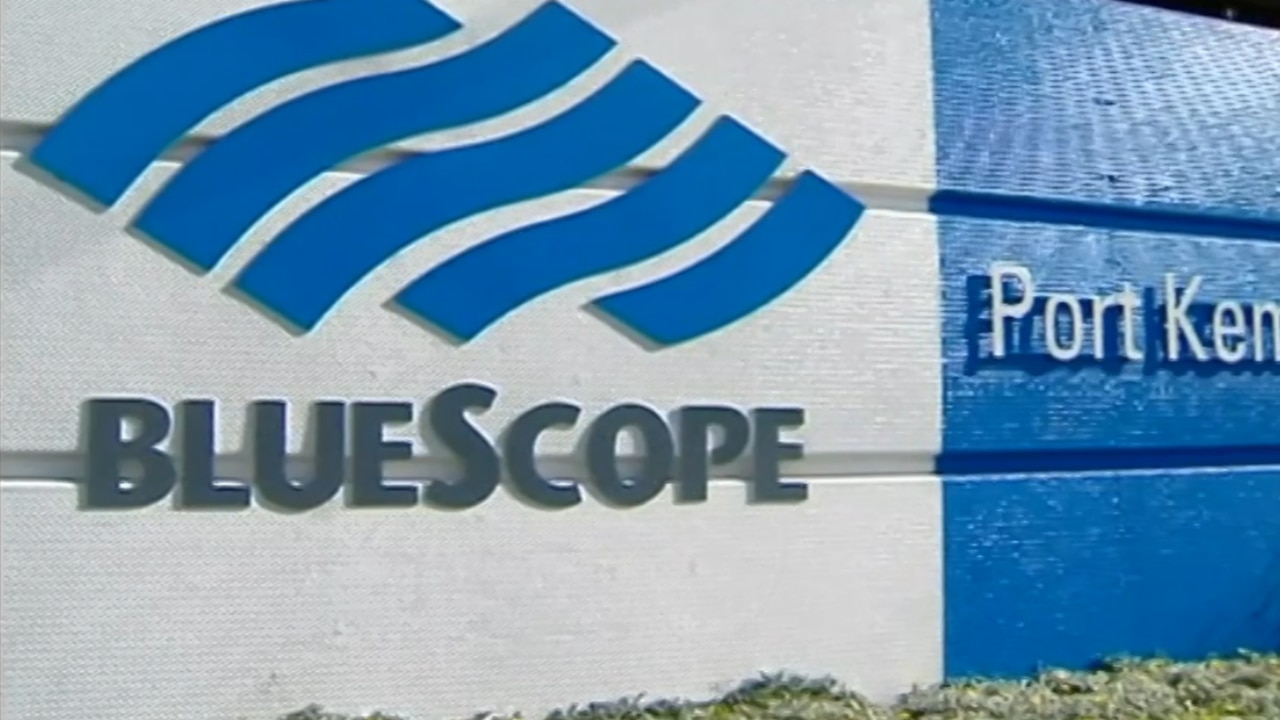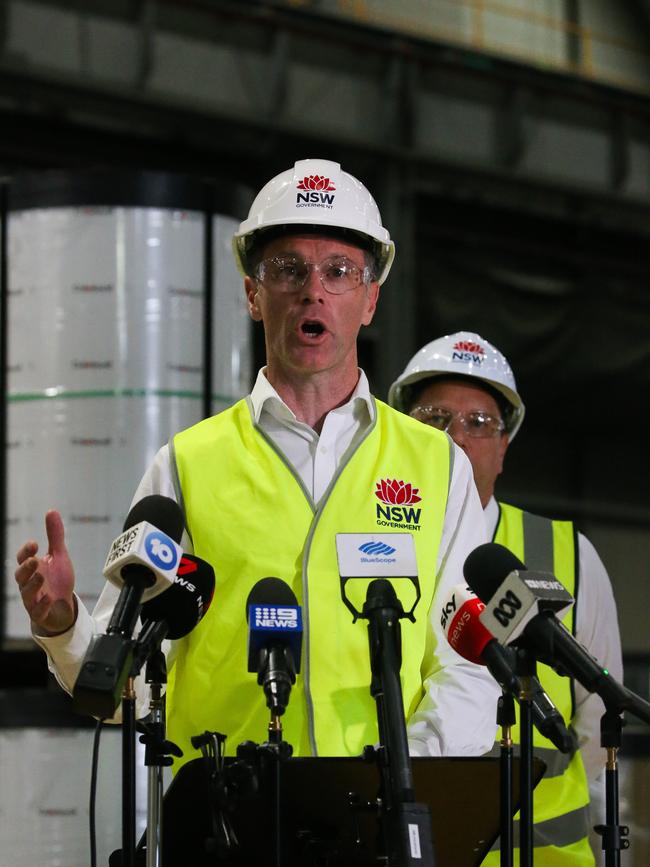Green obsessions puts nation’s steelmaking and security at risk

Labor’s Future Made In Australia proposal depends on securing our existing, but diminishing, manufacturing base. It requires ensuring gas as a source of energy and a necessary feedstock. Delivering reliable and affordable power to keep the lights on and industry ticking over is a necessary foundation for the project’s aim of enhancing sovereign capability.
As an essential industry, steelmaking provides an example of issues that are facing the viability of our manufacturing base. Too often feel-good rhetoric masks a lack of understanding about the limitations of existing technologies in hard-to-abate industries. So it is with the advocates of “green” steel. They usually display little understanding and appreciation of the complexity of reducing emissions in blast furnace technology. Nor do they show concern for the viability of trade-exposed steelmaking and the many thousands of jobs and communities it supports. Virtue-signalling adds nothing to constructive solutions.

Decarbonising steelmaking is a long way off, with pilot projects warranting support in that process. But there’s a much larger challenge in the short term; the survival of an industry that’s essential for our national security. The OECD warns “the steel excess capacity crisis is currently escalating”. Last year China increased its steel exports by 36 per cent. The managing director of BlueScope has warned of the threats posed by a combination of high energy costs and a deluge of cheap steel coming out of China.
The chair of the world’s largest steelmaker, China’s Baowu Steel, warned staff to expect a “harsh winter” with a severe downturn, hit hard by a protracted slump in the property sector. The slowing economy has weakened prices for our iron ore, which have fallen by 30 per cent this year. This threatens to open a hole of around $3bn, in our budget bottom line as we head into predicted deficits.
Only a short time ago the Labor government was talking up the prospects of low-carbon steelmaking at Whyalla. Its press release, back in April 2023, saw the company’s plans as “safeguarding the future of steelmaking in Australia”. This early optimism was again misplaced. There’s ongoing concern about the financial stability of the corporate owner, GFG Alliance. The Whyalla blast furnace is recently back in operation after a maintenance shutdown turned into a three-month closure. However, the recent decision to delay the purchase of a $500m electric arc furnace from Italy for another two years has exacerbated long term concerns.

At BlueScope the decarbonisation challenge is a constraint for a trade exposed-industry competing against countries such as China, facing no carbon imposts. You can’t make “green” steel using traditional blast furnace technology. Faced with high energy costs and a glut of Chinese steel requires some serious forward thinking about the policies needed for our domestic industry to survive these challenges.
BlueScope managing director Mark Vassella reported its energy prices in the US were “sharply lower than in Australia, with the company paying about a third for gas there compared with here, and half the price for electricity”. He argued for “fair and free trade”, believing subsidised steel exported from China “could destroy the domestic market”.
BlueScope rightly argues the importance of a robust anti- dumping regime. Its predicament wasn’t helped by the recent decisions of the Albanese government to remove tariffs on wind turbines from China and to reduce them on railway wheels.
Nor by the fact that Energy Minister Chris Bowen has rejected any appeal to mandate the use of Australian steel, where feasible, in the energy transition. There’s been no word, for example, about domestic content in Labor’s proposed Illawarra offshore wind project. All our renewables infrastructure, the solar panels and wind turbines, have been imported, with the taxpayer-subsidised profits regularly heading overseas.
China’s steel exports will contribute to a tense international trade environment in the years ahead. Already in response to China’s dominant position in the clean-energy supply chain, the US increased tariffs on its imports across strategic sectors, including steel and aluminium, EVs, batteries, semiconductors and solar cells. We can expect to hear a lot more about tariff policy in the lead-up to the US election. What will be our government’s response to these same challenges?

The Button Steel Plan, under PM Bob Hawke, is a useful precedent in identifying the challenges decades ago and what was needed to ensure steel’s survival. Now is also a good time to cement alternative supply chains for the energy transition. In that process we should replicate the US legislation banning products made by Uighur slave labour.
When the head of BlueScope says “we need power that’s dispatchable, available 24/7, not wind-driven, not sun-driven”, he speaks about the need for baseload power. Surely our politicians don’t need reminding that our energy security is a prerequisite for our national security and that steelmaking is critical to that end.
Jennie George is a former ACTU president and Labor MP for Throsby.




China’s slowing economy adds another dimension to the analysis of the perfect storm expected to hit the east coast energy market. Manufacturers are reporting that uncompetitive energy prices globally are threatening the viability of their companies. When industry leaders declare the time for talk is over, politicians need to take heed.